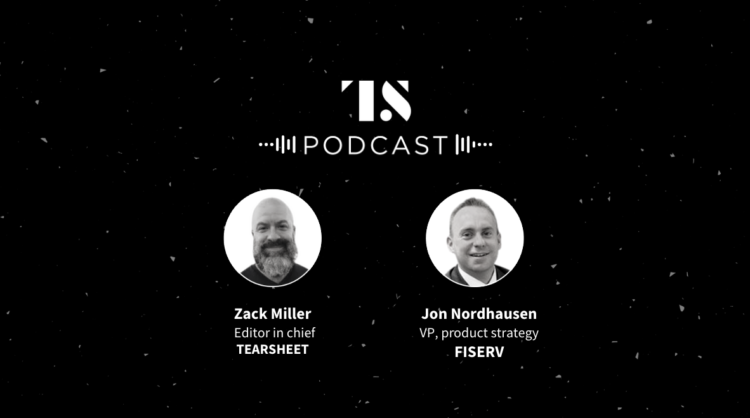Data, Partner, Podcasts
‘Not all fintech integrations are created equal’: Fiserv’s Jon Nordhausen
- VP of product strategy at Fiserv, Jon Nordhausen, joins us on the Tearsheet Podcast.
- Listen to our conversation about how cloud data integration is removing friction and enabling new capabilities for data to flow seamlessly between fintechs and FIs.








